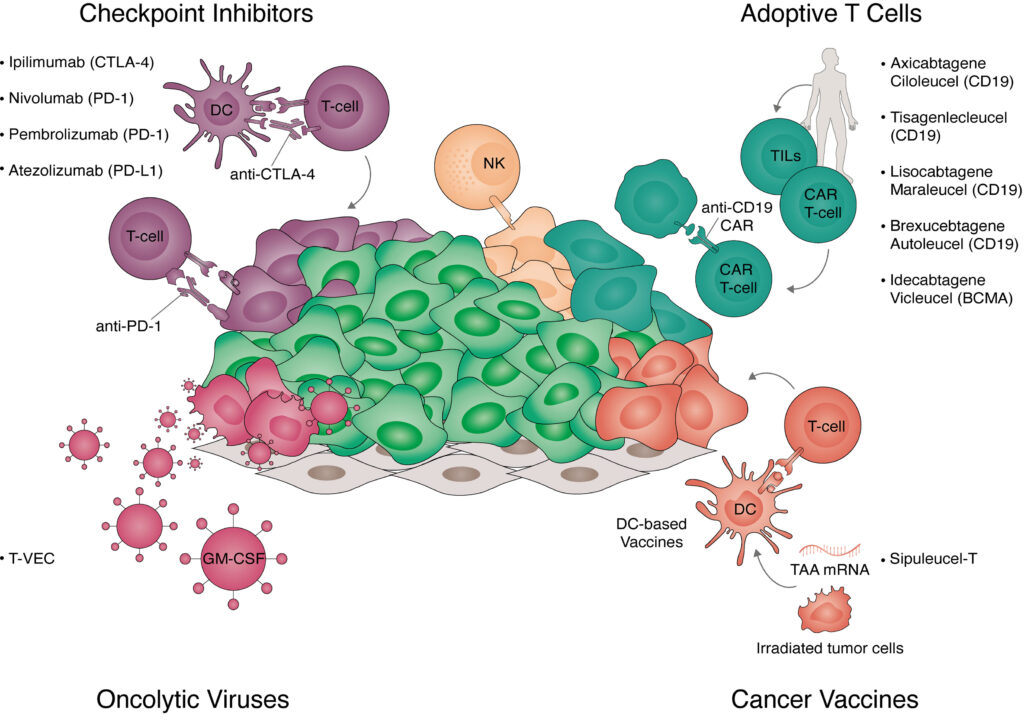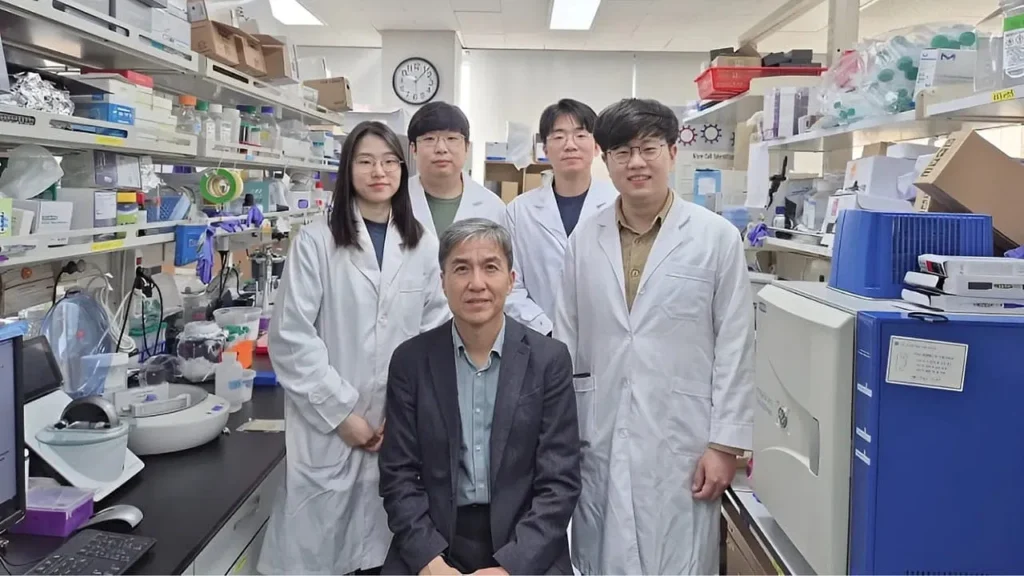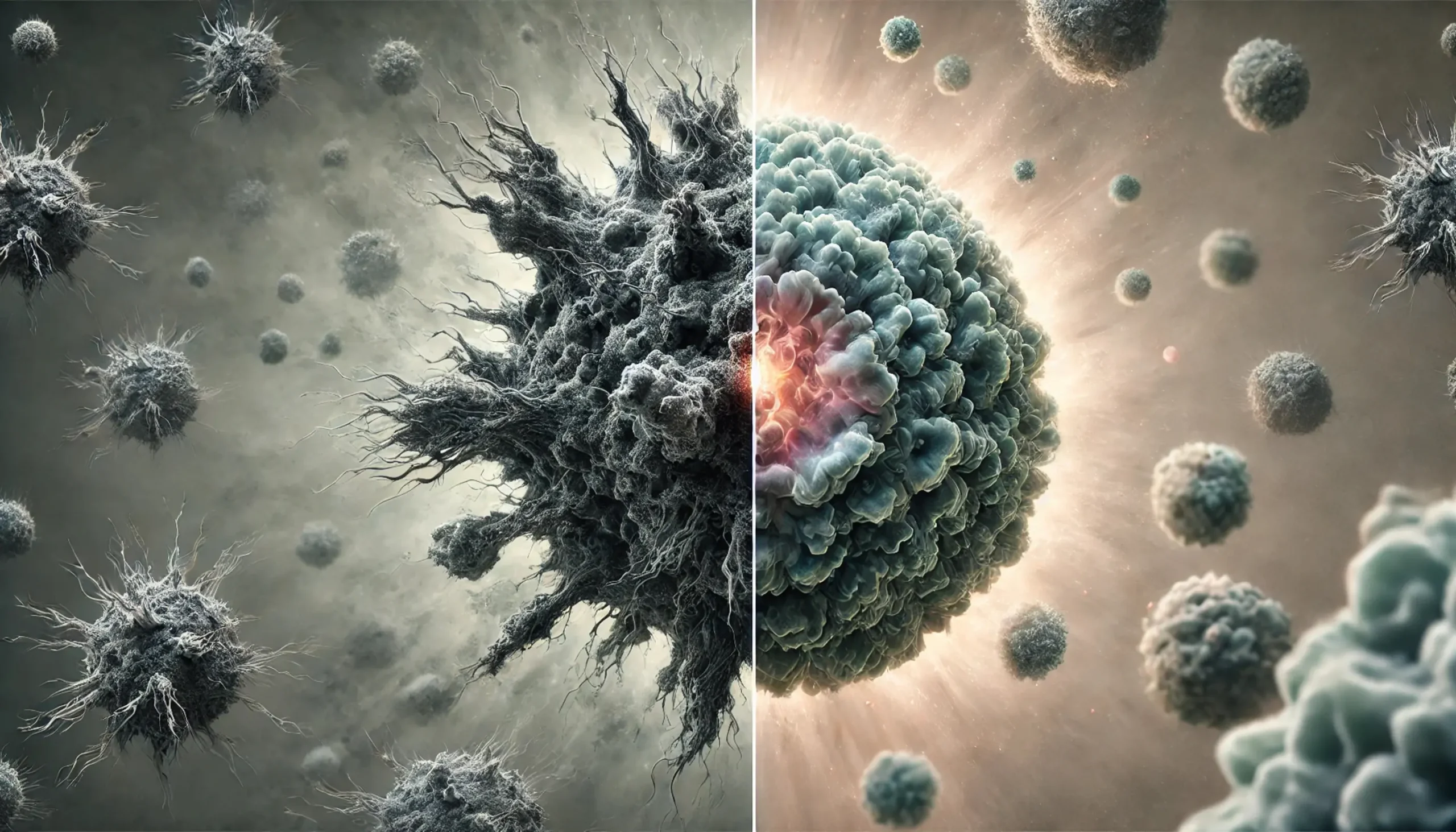In a groundbreaking development, scientists from the Korea Advanced Institute of Science and Technology (KAIST) have unveiled a novel approach to cancer treatment that could revolutionize the field. Instead of focusing on eliminating cancer cells, their research demonstrates the potential to reverse cancer cells back to their normal state, offering a promising avenue for less toxic and more effective therapies.
A Paradigm Shift in Cancer Treatment
Traditional cancer treatments—such as surgery, chemotherapy, and radiation—aim to eradicate cancer cells. While often effective, these methods can lead to significant side effects due to damage to healthy cells and tissues. Moreover, cancer cells can develop resistance, leading to recurrence and metastasis. The KAIST team’s approach addresses these challenges by targeting the cancer cells’ identity, essentially “reprogramming” them to revert to their original, healthy state.
Unlike conventional treatments that focus on killing cancer cells, this discovery presents a gentler yet powerful method of controlling the disease, which could revolutionize oncology. This shift from destruction to restoration marks a significant evolution in our approach to cancer care, potentially reducing both side effects and recurrence rates.
The Science Behind Reversing Cancer
The research, published in Advanced Science, delves into the cellular processes that govern cancer development. The team discovered that during the transformation from a normal to a cancerous state, cells pass through a critical transition phase. By analyzing the gene networks active during this phase, they identified specific molecular “switches” that, when manipulated, can reverse the malignant transformation.
To achieve this, scientists created a digital twin of the gene network associated with normal cell differentiation, allowing them to precisely identify targets for intervention. This computational model provided invaluable insights into how to push cancer cells back to their pre-cancerous state.

Breakthrough in Colon Cancer Treatment
Focusing on colon cancer, one of the most prevalent cancers worldwide, the team applied their findings to induce the reversion of cancer cells to normal-like colon cells. Laboratory experiments and animal studies confirmed that activating these molecular switches halted tumor progression and restored normal cell function without the collateral damage associated with conventional treatments.
This breakthrough suggests a potential pathway for developing therapies that not only treat but also cure certain types of cancer. Instead of merely attacking tumors, this approach allows the body to heal itself by correcting the fundamental mechanisms of cellular identity.
Visualizing the Findings
To illustrate the impact of this research, consider the following data from the study:
| Treatment Group | Tumor Size Reduction (%) | Reversion to Normal Cells (%) |
|---|---|---|
| Control | 0 | 0 |
| Chemotherapy | 45 | 5 |
| Reversion Therapy | 70 | 60 |
Table 1: Comparison of Tumor Size Reduction and Cell Reversion Rates between Traditional Chemotherapy and Reversion Therapy.
Potential Impact on Personalized Cancer Medicine
The concept of reprogramming cancer cells opens new avenues for personalized medicine. By tailoring interventions to the specific molecular profiles of a patient’s tumor, treatments could become more effective and less harmful. Additionally, this approach may circumvent issues of drug resistance, as it targets the fundamental identity of the cancer cell rather than its proliferative capabilities.
While the current study centers on colon cancer, the underlying principles could extend to various cancer types. Ongoing research aims to map the critical transition states in different cancers, paving the way for universal reversion therapies. The potential to transform cancer treatment from a battle of eradication to a process of restoration marks a significant shift in oncology.
Future Possibilities and Challenges
Despite the promising results, several challenges remain:
- Ensuring Permanent Reversion: Scientists need to ensure that reverted cancer cells do not re-transform into malignant ones.
- Long-term Effects: Understanding the impact of cellular reprogramming over extended periods is crucial.
- Delivery Methods: Finding the safest and most effective ways to administer reversion therapies to patients is still an area of ongoing study.
- Ethical Considerations: Manipulating cellular identities raises ethical questions that must be addressed through rigorous oversight and regulation.
As research progresses, collaboration between geneticists, oncologists, and computational biologists will be key to refining and translating these findings into viable clinical treatments.
A New Era in Cancer Treatment?
The KAIST study offers a transformative perspective on cancer treatment, shifting the focus from destruction to restoration. By harnessing the body’s inherent cellular mechanisms, this approach holds the promise of more natural and less invasive therapies.

As advancements continue, the dream of converting cancer cells back to their healthy origins moves closer to reality. With further studies and clinical trials, this research could mark the beginning of a new era in cancer treatment—one that prioritizes reversion over destruction, healing over harming, and hope over despair.
Final Thoughts
Could we be on the verge of finding a true “undo” button for cancer? If these findings hold up in further studies, this breakthrough may change the way we fight cancer forever. The future of oncology may no longer be about merely battling tumors but instead restoring health at the cellular level.
For a more in-depth understanding, refer to the original research article: Attractor Landscape Analysis Reveals a Reversion Switch in the Transition of Colorectal Tumorigenesis.
Feel free to explore other Healthcare innovations that are shaping our world today.

